John tells us in today’s Gospel that the long-awaited Christ would baptize not only with water but also with fire. Some of us may have been baptized as infants, some as adults, and while we have fresh, living water poured over us, no one talks about the fire that inevitably comes, testing our spirits and our faith.
“[W]ith you I am well pleased.” What lovely words that our hearts long to hear, whether from parents, spouses, teachers or friends, our humanity craves affirmation, which often leads us to look for it in unreliable things. Some of us do find this affirmation in the places we search for it: money, successful careers, likes on social media, until we need so much that nothing will ever be enough. Like inching closer and closer to a cliff without ropes to catch us, a fall will come. A parent might pass away, a child could stop speaking to us, a friend could betray us, and the people we so often rely on for affirmation become the sparks of our trials by fire.
These flames of purification can seem unending, unbearable, and cause our hearts to question: how can this be the “love” Christ wants for my life? We see other Christians who pick and choose what they stand for, who only embrace their baptismal vows when it is most convenient and comfortable, and who never survive their personal trek through the desert.
However, for those who cling to Christ, through the fire, through the questions, through the struggles of detachment from worldly goods, and fulfill our baptismal vows, there is a life-saving and refreshing river, where Christ waits for us with words that only fulfill our hearts when they are spoken from His mouth: “You are my beloved…with you I am well pleased.”
Juan nos dice en el Evangelio de hoy que el Cristo tan esperado no solo bautizaría con agua sino también con fuego. Algunos de nosotros tal vez hayamos sido bautizados cuando éramos bebés, otros cuando ya éramos adultos, y aunque recibimos agua fresca y viva, nadie habla del fuego que inevitablemente llega y pone a prueba nuestro espíritu y nuestra fe.
“[E]n ti me complazco”. Qué hermosas palabras, y unas que nuestro corazón anhela escuchar, ya sea de nuestros padres, esposos, maestros o amigos. Nuestra humanidad anhela la afirmación, lo que a menudo nos lleva a buscarla en cosas poco confiables. Algunos de nosotros encontramos la afirmación en los lugares donde la buscamos: dinero, carreras exitosas, los “likes” en las redes sociales, hasta que necesitamos tanto que nada será suficiente. Es como si nos acercáramos cada vez más a un precipicio sin cuerdas para detenernos, en algún momento vamos a caer. Un padre puede morir, un hijo puede dejar de hablarnos, un amigo puede traicionarnos y las personas en las que tan frecuentemente confiamos para recibir afirmación se convierten en las chispas de nuestras pruebas de fuego.
Estas llamas de purificación pueden parecer interminables, insoportables y hacer que nuestro corazón se pregunte: ¿cómo puede ser este el “amor” que Cristo quiere para mi vida? Vemos a otros cristianos que eligen lo que defienden y que no, que solo viven sus promesas bautismales cuando les resulta más conveniente y cómodo, que al final no sobreviven a su caminata personal por el desierto.
Sin embargo, para aquellos que se aferran a Cristo, a través del fuego, a través de las preguntas, a través de las luchas del desapego de los bienes mundanos, y cumplen con sus votos bautismales, hay un río que salva vidas y nos refresca, donde Cristo nos espera con palabras que solo llenan nuestro corazón cuando salen de Su boca: “Tú eres mi Hijo, el predilecto; en ti me complazco”.
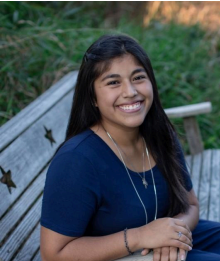 Lily, age 23, is a Michigan native and cradle Catholic who has spent most of her life exploring her own reasons to embrace her faith fully. She attended Franciscan University of Steubenville, where she discovered the beauty of her personal relationship with Christ and the Church. After college, she worked in Montessori Education for three years and recently transitioned to nannying. She is excitedly preparing for marriage in May 2025 and spends most of her time reading, wedding planning, and enjoying her dog and family!
Lily, age 23, is a Michigan native and cradle Catholic who has spent most of her life exploring her own reasons to embrace her faith fully. She attended Franciscan University of Steubenville, where she discovered the beauty of her personal relationship with Christ and the Church. After college, she worked in Montessori Education for three years and recently transitioned to nannying. She is excitedly preparing for marriage in May 2025 and spends most of her time reading, wedding planning, and enjoying her dog and family!
Feature Image Credit: Pixabay, pexels.com/photo/water-bubbles-under-the-sea-62307/
The views and opinions expressed in the Inspiration Daily blog are solely those of the original authors and contributors. These views and opinions do not necessarily represent those of Diocesan, the Diocesan staff, or other contributors to this blog.

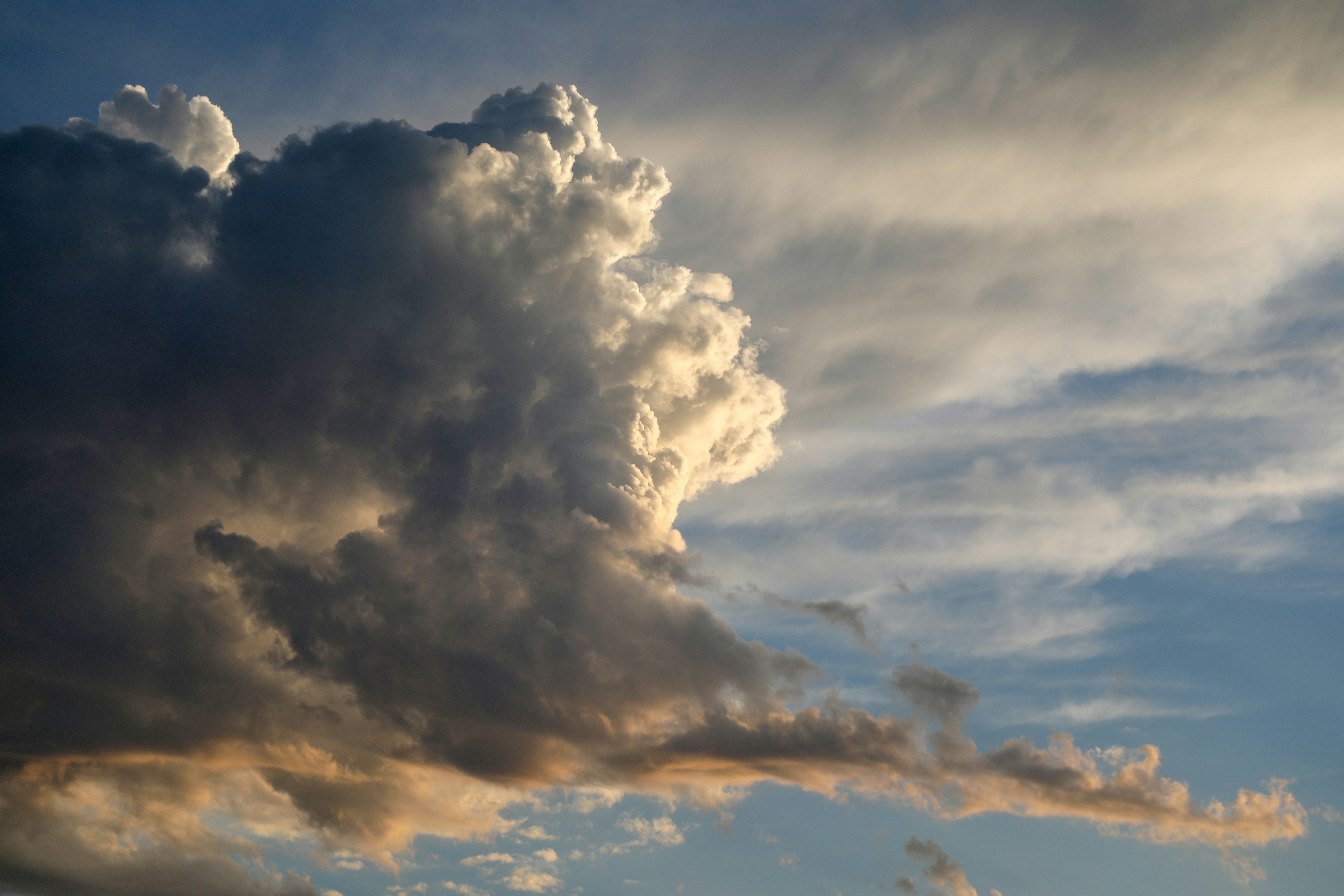
 Dr. Alexis Dallara-Marsh is a board-certified neurologist who practices in Bergen County, NJ. She is a wife to her best friend, Akeem, and a mother of four little ones on Earth and two others in heaven above.
Dr. Alexis Dallara-Marsh is a board-certified neurologist who practices in Bergen County, NJ. She is a wife to her best friend, Akeem, and a mother of four little ones on Earth and two others in heaven above.
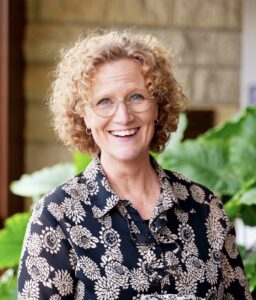 Kathryn Mulderink, MA, is married to Robert, Station Manager for Holy Family Radio. Together they have seven children (including Father Rob), and eleven grandchildren. She is President of the local community of Secular Discalced Carmelites and has published five books and many articles. Over the last 30 years, she has worked as a teacher, headmistress, catechist, Pastoral Associate, and DRE, and as a writer and voice talent for Catholic Radio. Currently, she serves the Church by writing and speaking, and by collaborating with various parishes and to lead others to encounter Christ and engage their faith. Her website is
Kathryn Mulderink, MA, is married to Robert, Station Manager for Holy Family Radio. Together they have seven children (including Father Rob), and eleven grandchildren. She is President of the local community of Secular Discalced Carmelites and has published five books and many articles. Over the last 30 years, she has worked as a teacher, headmistress, catechist, Pastoral Associate, and DRE, and as a writer and voice talent for Catholic Radio. Currently, she serves the Church by writing and speaking, and by collaborating with various parishes and to lead others to encounter Christ and engage their faith. Her website is 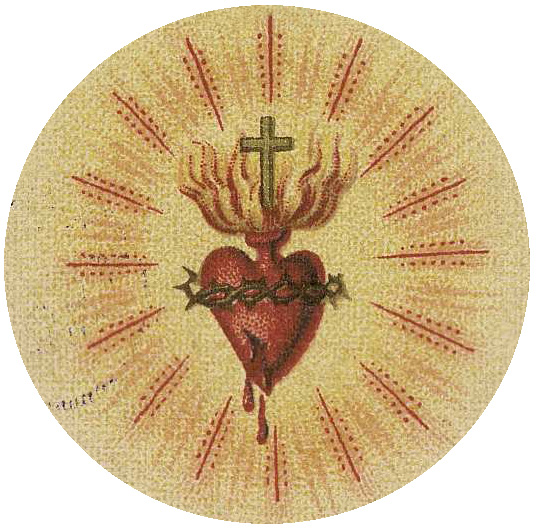
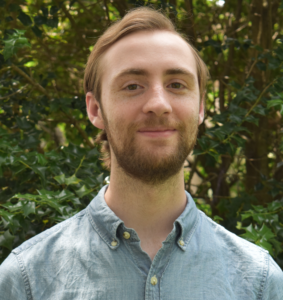 David Dashiell is a freelance author and editor in the Nashville, Tennessee area. He has three children, a degree in theology, and enjoys writing about philosophy, theology, culture, music, and comedy. You can find his personal blog, Serious Daydreams, on
David Dashiell is a freelance author and editor in the Nashville, Tennessee area. He has three children, a degree in theology, and enjoys writing about philosophy, theology, culture, music, and comedy. You can find his personal blog, Serious Daydreams, on 
 Allison Gingras (
Allison Gingras (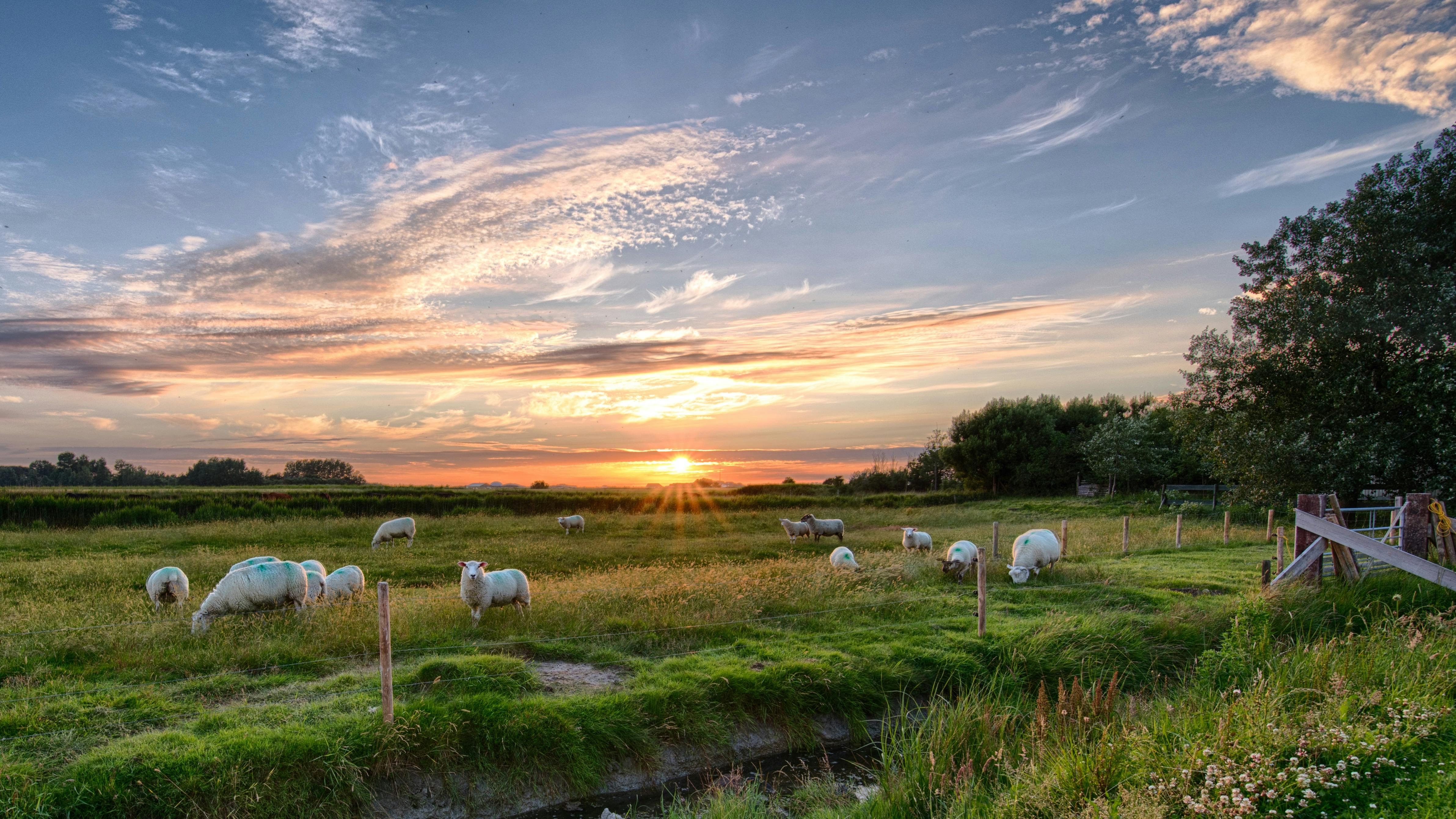
 Nicole Berlucchi is a faith and family blogger (
Nicole Berlucchi is a faith and family blogger (


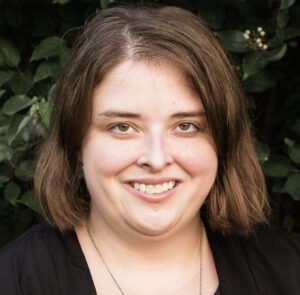


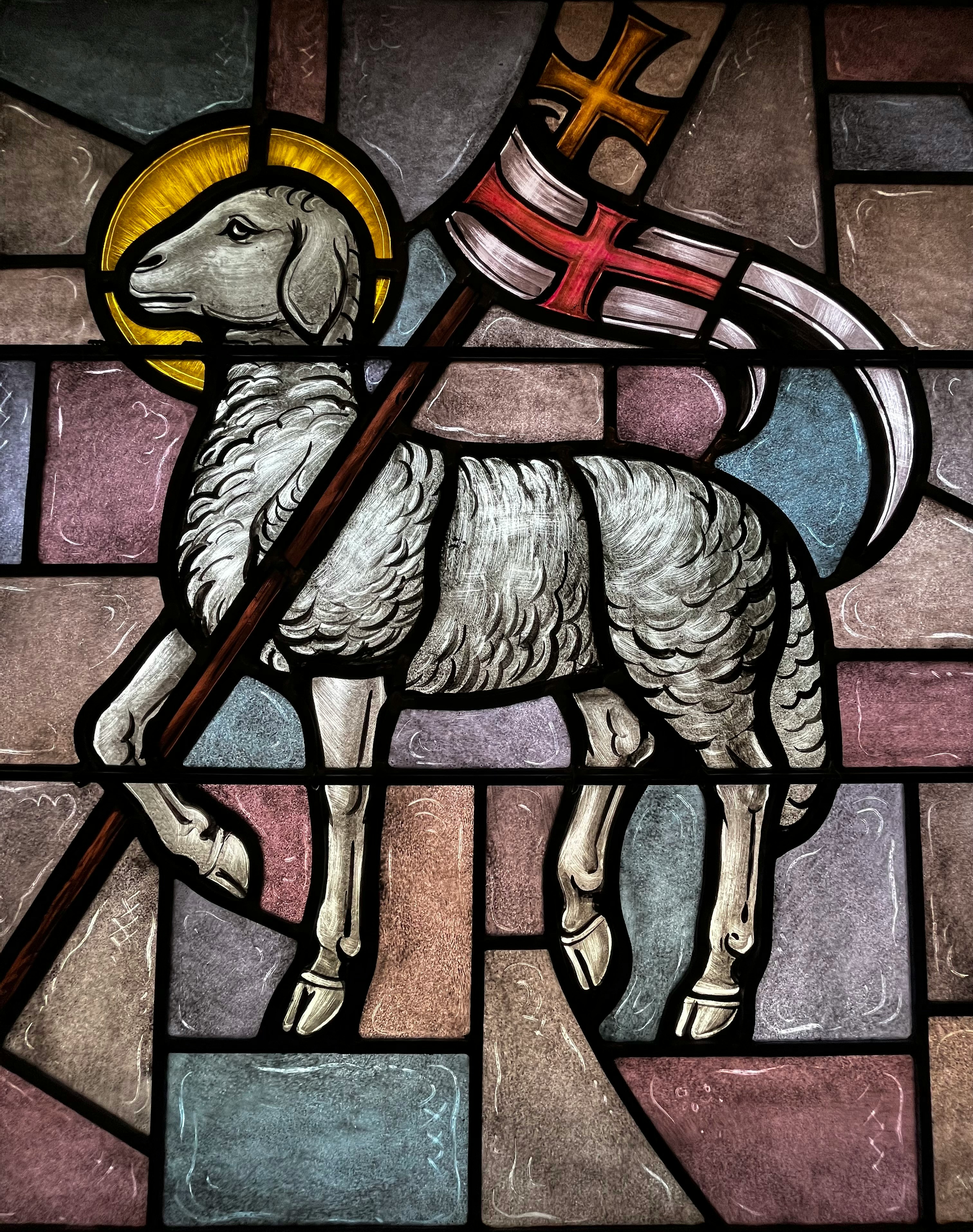
 Former NPS Park Ranger, Catholic educator, and Youth Minister, Melissa Lucca now spends her days evangelizing family and neighbors as a stay-at-home mom. She holds an MA in Theology from the Augustine Institute and pursues personal study in her spare time. Melissa loves Ignatian Spirituality, Mother Mary, and rock climbing. If you don’t hear her and her kiddo laughing at home, then they are probably out on an adventure!
Former NPS Park Ranger, Catholic educator, and Youth Minister, Melissa Lucca now spends her days evangelizing family and neighbors as a stay-at-home mom. She holds an MA in Theology from the Augustine Institute and pursues personal study in her spare time. Melissa loves Ignatian Spirituality, Mother Mary, and rock climbing. If you don’t hear her and her kiddo laughing at home, then they are probably out on an adventure!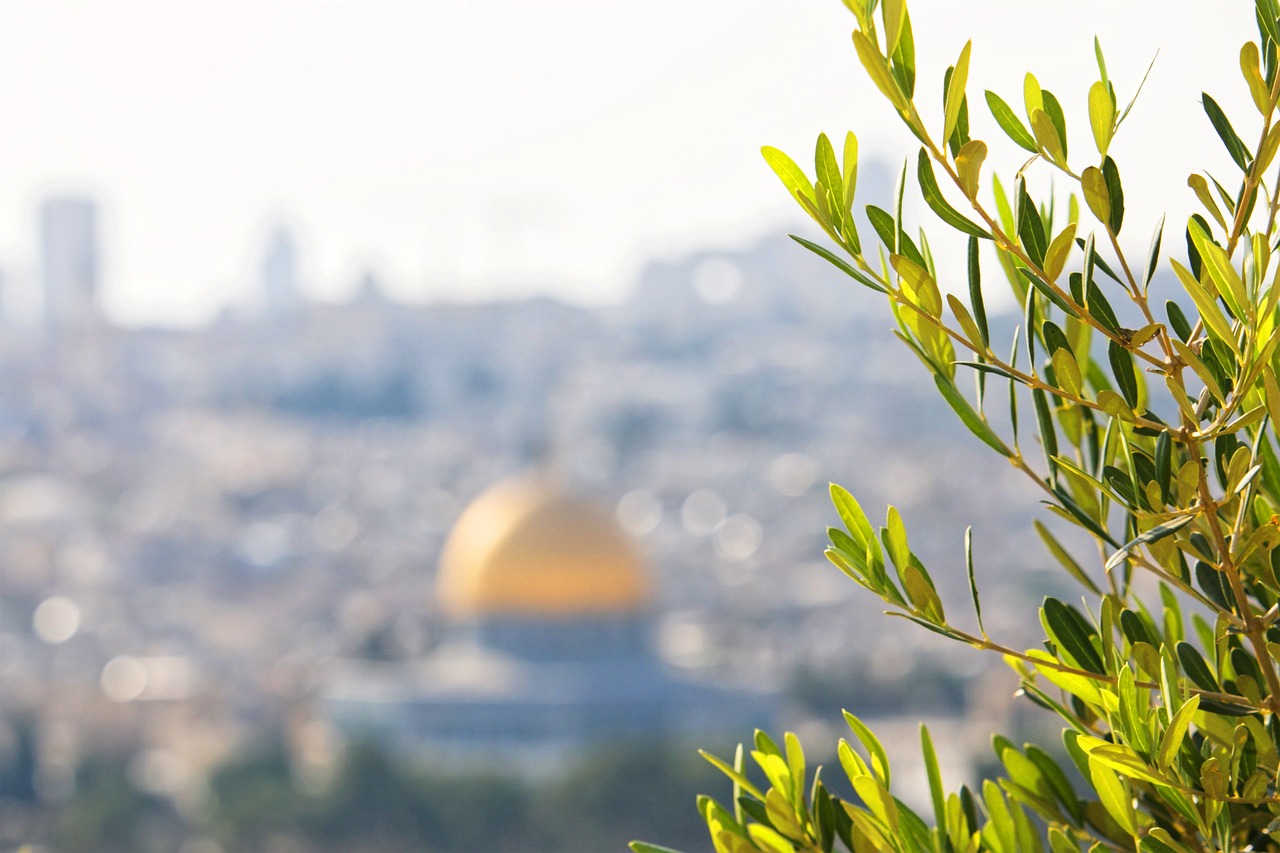
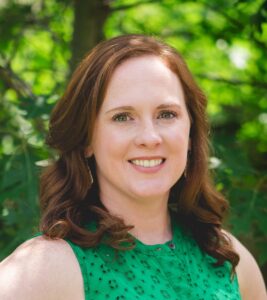 Elizabeth Tomlin is the author of Joyful Momentum: Building and Sustaining Vibrant Women’s Groups and contributing author to the Ave Prayer Book for Catholic Mothers. She is General Counsel for the Archdiocese for the Military Services, USA. Elizabeth is an Army wife and mother of three and currently lives in Oklahoma. You can find her at @elizabethannetomlin on social media and she blogs at
Elizabeth Tomlin is the author of Joyful Momentum: Building and Sustaining Vibrant Women’s Groups and contributing author to the Ave Prayer Book for Catholic Mothers. She is General Counsel for the Archdiocese for the Military Services, USA. Elizabeth is an Army wife and mother of three and currently lives in Oklahoma. You can find her at @elizabethannetomlin on social media and she blogs at 